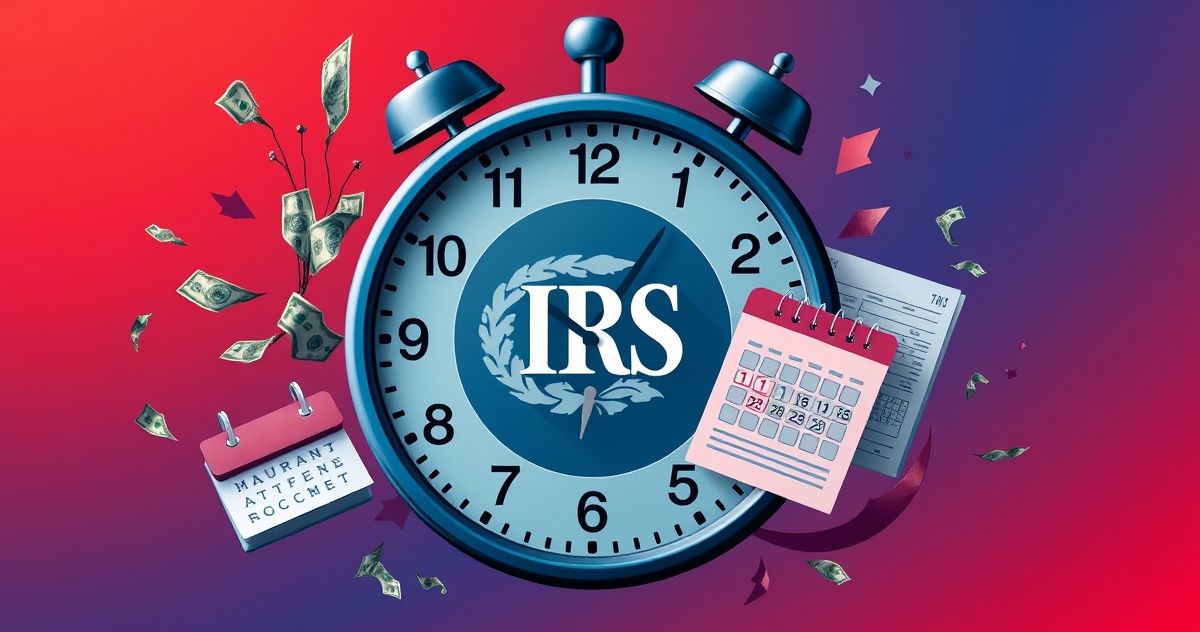Understanding IRS Payment Duration
IRS Payment Duration refers to the specific period given to taxpayers to fulfill their tax payment obligations to the Internal Revenue Service (IRS). This term is crucial for individuals and businesses to comprehend as it determines the timeframe in which they must act to avoid penalties and interest accruals.
Purpose of IRS Payment Duration
The primary purpose of IRS Payment Duration is to enforce timely compliance with tax obligations. It provides clear guidelines on when payments should be made following tax assessments or notices. For taxpayers, understanding their payment duration is essential to managing their financial responsibilities effectively, ensuring they remain in good standing with tax authorities, and avoiding further complications like liens or levies.
Key Features and Components
- Specified Timeframe: Every tax bill or IRS notice will specify a due date by which the payment must be completed. This is usually within 30 days from the date of notice, depending on the nature of the tax due.
- Flexible Payment Options: For those unable to pay the full amount by the deadline, the IRS provides various options like installment agreements which allow for payments over a more extended period.
- Interest and Penalties: If a taxpayer fails to pay within the specified duration, interest and late payment penalties will accrue. These costs can significantly add to the original tax debt sum.
- Online Payment Systems: The IRS has streamlined payment processes with online portals, enabling taxpayers to make payments swiftly to meet deadlines.
Compliance Requirements
Meeting IRS Payment Duration requirements is critical for compliance. Taxpayers must:
- Understand the Due Date: Carefully check all communications from the IRS regarding payment due dates.
- Select a Payment Option: Either pay in full or seek an arrangement like a payment plan before the deadline.
- Maintain Records: Keep records of all payments made, correspondence with the IRS, and any agreements reached.
Penalties for Non-Compliance
Failure to comply with IRS Payment Durations can lead to several penalties, which may worsen a taxpayer’s financial situation:
- Late Payment Penalty: Generally, 0.5% of the tax owed for each month the payment is late, up to a maximum of 25% of the unpaid tax.
- Interest on Unpaid Taxes: Interest is calculated based on the federal short-term rate plus 3% and is compounded daily until the amount is paid in full.
- Collection Actions: The IRS may enforce collection actions, including levies on bank accounts, wage garnishments, and filing of federal tax liens.
Significance in Tax Resolution
IRS Payment Duration plays a critical role in the overall landscape of tax compliance. Adhering to this duration can help manage and resolve tax debts effectively. It reduces taxpayer stress by establishing predictable timelines and fosters better financial planning.
With the IRS becoming increasingly efficient in its collection efforts, understanding these timeframes and requirements is more critical than ever. Addressing taxes within this framework prevents escalation into more severe enforcement measures, allowing taxpayers to maintain control over their financial obligations.
Moreover, in cases where a taxpayer faces unexpected financial hardships, proactively communicating with the IRS about payment difficulties and duration can lead to more favorable resolutions, such as deferred payments or negotiated amounts.
Conclusion
Understanding IRS Payment Duration is essential for navigating the complexities of tax compliance. It ensures that individuals and businesses remain in line with federal requirements and helps avoid the costly repercussions of late payments. By paying close attention to deadlines and utilizing available resources and support mechanisms, taxpayers can fulfill their tax obligations efficiently while maintaining a healthy financial position.

